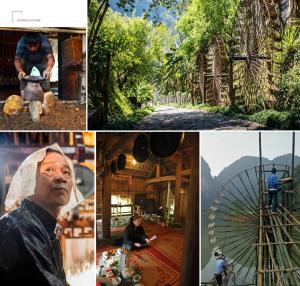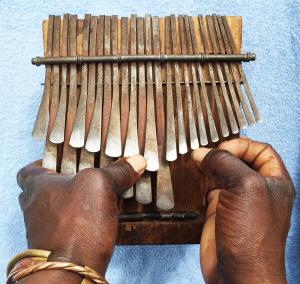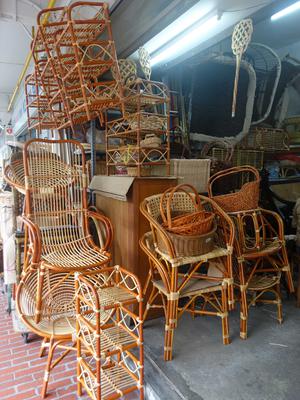The Zaouli dance is a traditional mask dance from Côte d'Ivoire, West Africa. It is performed by the Guro people and is an essential part of their cultural heritage. The dance features an ornate wooden mask with a highly stylized representation of a beautiful woman's face, adorned with a tall headdress and intricate detailing.
Zaouli is typically performed at various social and religious ceremonies, such as weddings, funerals, and festivals. The dancer, often dressed in vibrant, flowing attire, moves with incredible grace and agility, imitating the mask's elegant features and expressions. The dance involves intricate footwork, rapid spins, and rhythmic hand claps accompanied by traditional music, including drums and percussion instruments.
Zaouli is not only a form of entertainment but also a means of passing down cultural stories and preserving the Guro people's traditions. The dance has gained international recognition for its artistic beauty and cultural significance, making it an integral part of Ivorian heritage.
08-24-2023
| Institutional and human capacities | The Zaouli Dance of Côte d'Ivoire showcases a rich blend of institutional and human capacities. Institutions, such as cultural organizations and educational bodies, play a significant role in preserving and promoting this traditional dance form. Human capacities are demonstrated by the skilled performers who meticulously learn and pass down the intricate dance moves and vibrant mask-making techniques, contributing to the cultural continuity and vitality of the Zaouli Dance within Ivorian society. | |
| Transmission and education | The Zaouli Dance of Côte d'Ivoire is a traditional Ivorian mask dance performed by the Guro people. Transmission and education of this dance typically occur through oral tradition and direct apprenticeship. Young individuals learn the intricate dance movements, rhythms, and the cultural significance of the Zaouli mask from experienced performers and community elders, ensuring the preservation of this important cultural art form in Côte d'Ivoire. | |
| Inventorying and research | Inventorying and researching "The Zaouli Dance of Côte d'Ivoire" involves documenting and preserving this traditional Ivorian dance form, which is recognized for its intricate mask, rhythmic music, and elegant movements. Researchers may collect information on the history, cultural significance, and regional variations of Zaouli, as well as study its costumes, instruments, and the social context in which it is performed. This process helps to safeguard and promote the cultural heritage of Côte d'Ivoire while providing valuable insights into the country's artistic traditions. | |
| Policies as well as legal and administrative measures | "The Zaouli Dance of Côte d'Ivoire" is a traditional mask dance that is deeply rooted in the culture of the Guro people in Côte d'Ivoire. While it is primarily a cultural and artistic expression, there are no specific legal or administrative measures or policies associated with the dance. However, efforts have been made to promote and preserve this cultural heritage through educational initiatives, cultural festivals, and support for traditional arts, but these are not formalized as specific policies or legal regulations. | |
| Role of intangible cultural heritage and its safeguarding in society | The Zaouli Dance of Côte d'Ivoire plays a significant role in the preservation of intangible cultural heritage by embodying the traditions, values, and identity of the local communities. Its safeguarding in society helps to maintain a sense of cultural continuity, fosters a connection to the past, and promotes a sense of pride and belonging among the people of Côte d'Ivoire. This dance tradition serves as a living testament to the rich cultural tapestry of the region, ensuring that its legacy endures for future generations. | |
| Awareness raising | Awareness raising of 'The Zaouli Dance of Côte d'Ivoire' involves promoting this traditional African dance as a cultural treasure of the region. This can be done through various means, such as cultural festivals, dance performances, educational programs, and social media campaigns, to introduce and celebrate the rich cultural heritage of Côte d'Ivoire, while also ensuring its preservation and appreciation on a global scale. | |
| Engagement of communities, groups and individuals as well as other stakeholders | The Zaouli Dance of Côte d'Ivoire is a traditional mask dance that engages communities and individuals in a celebration of Ivorian culture. It brings together local communities, dance groups, and individuals who participate in and support the performance, making it a vital cultural event that fosters a sense of identity and unity. Additionally, stakeholders such as government authorities and cultural organizations often promote and preserve the Zaouli Dance as an important cultural heritage, contributing to its continued recognition and relevance. | |
| International engagement | The Zaouli Dance of Côte d'Ivoire has gained international recognition and engagement as a captivating and culturally significant form of traditional Ivorian dance. It is often performed at various cultural events and festivals worldwide, serving as a powerful representation of Ivorian culture and heritage. Its intricate mask and lively movements have made it a popular attraction in global dance and cultural showcases, contributing to the international appreciation and understanding of Côte d'Ivoire's rich artistic traditions. | |
| References |
■ Recommended videos
|
|

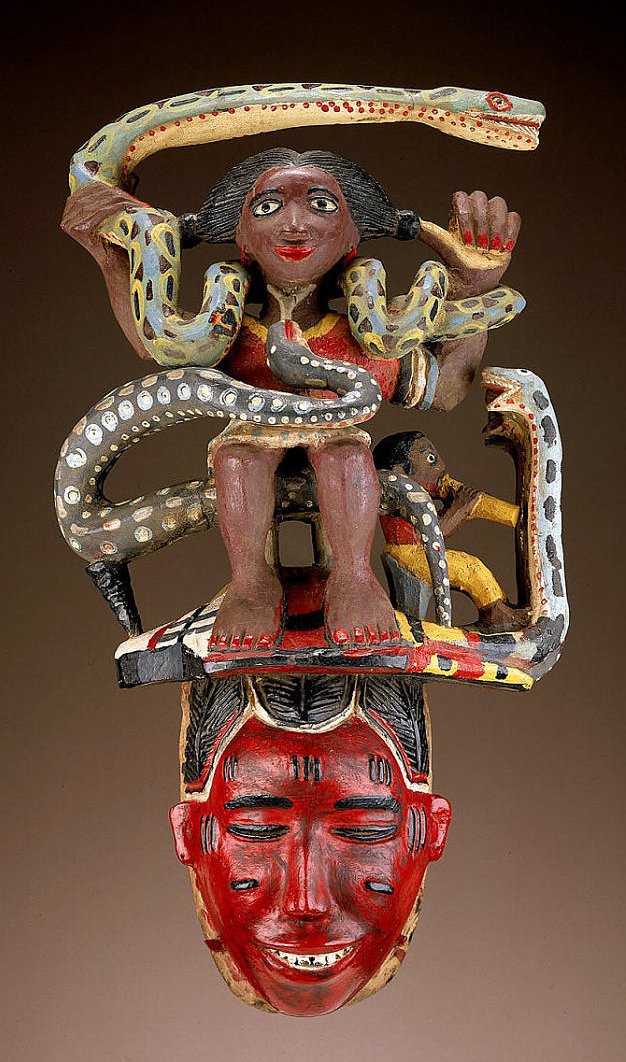
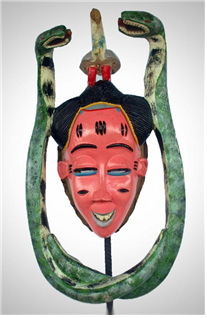
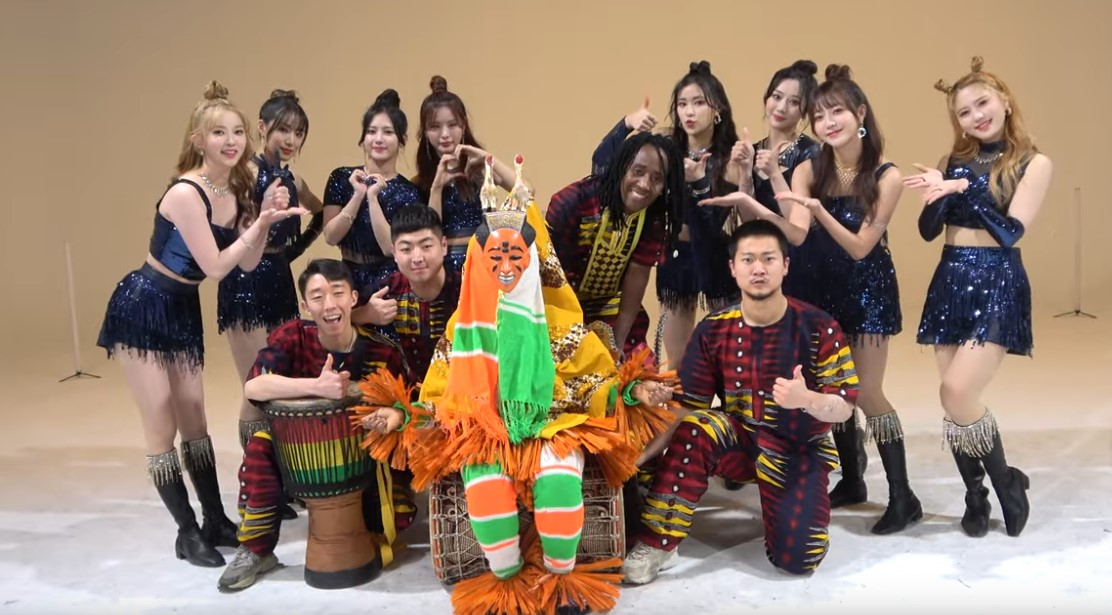
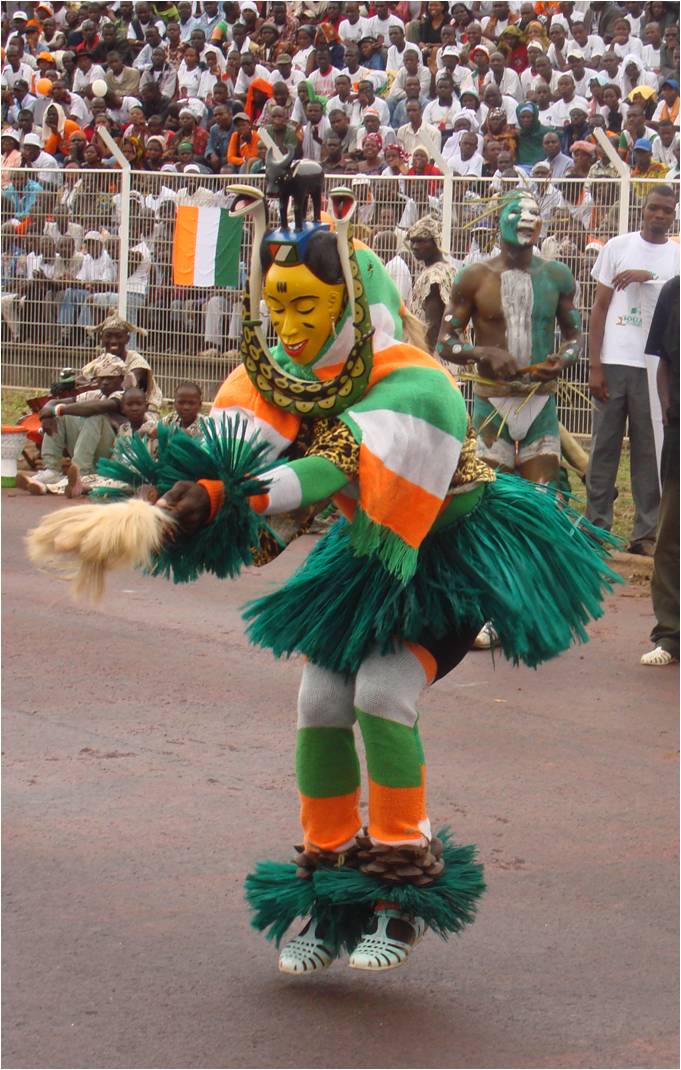
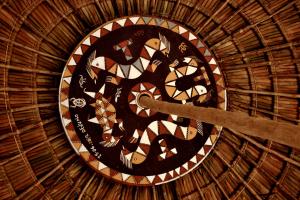

.jpeg)
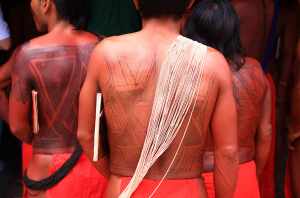
.jpg)
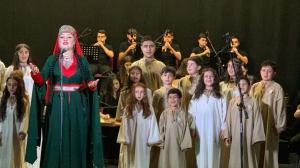
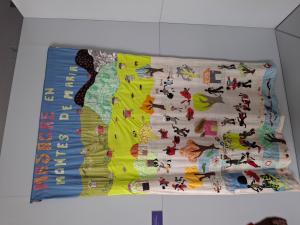
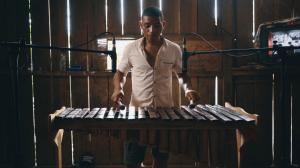
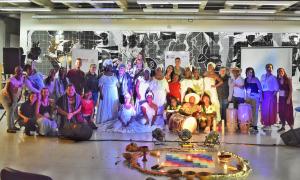
.png)
.jpg)















_(31711258567).jpg)

















